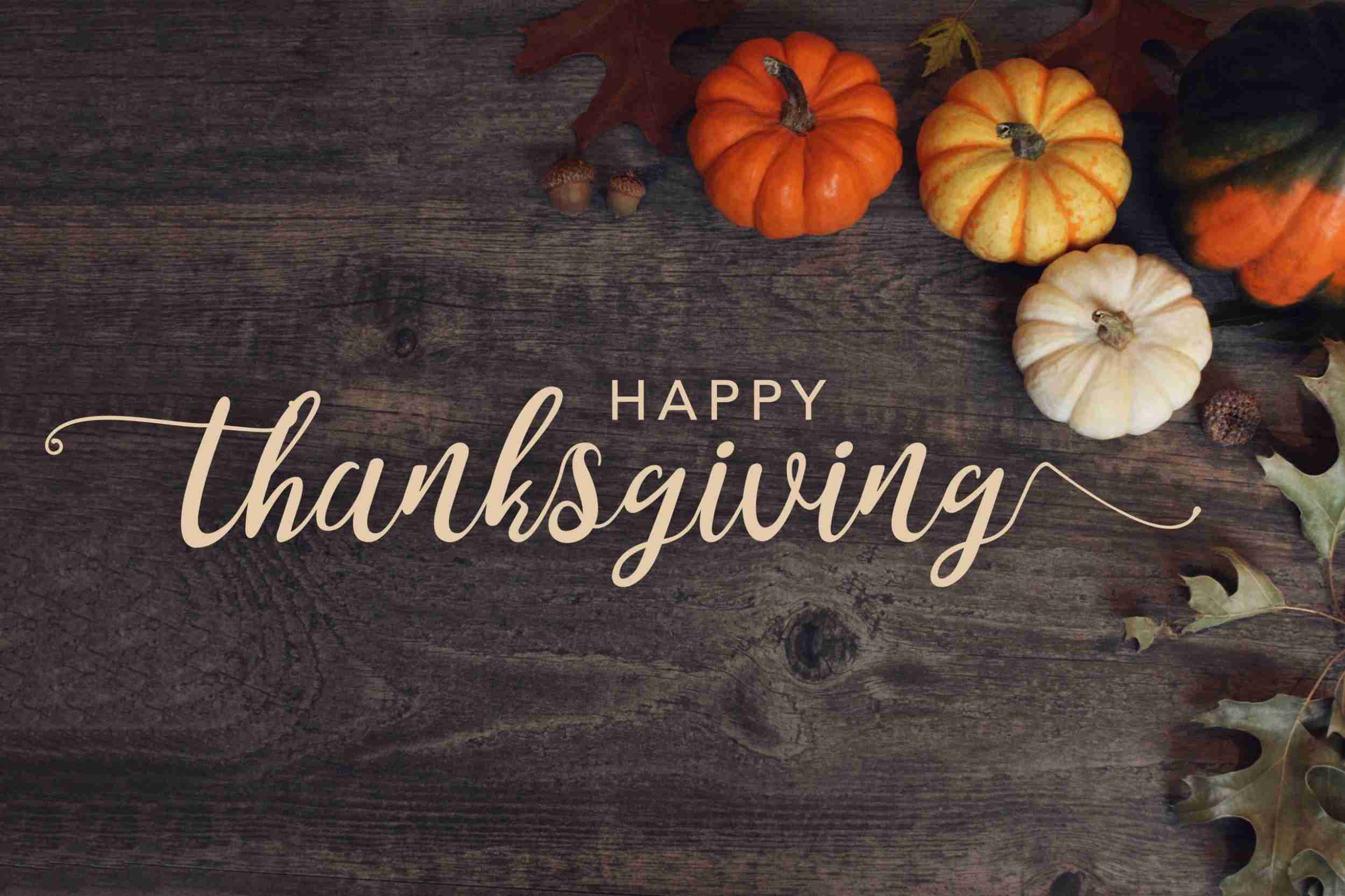
It’s that time of year again where just about everything smells like cinnamon and pumpkin spice! Fall is my favourite time of the year for many reasons but mostly because it allows us to get back into our regular routines. As wonderful as the summer is, it’s chaotic and doesn’t permit for much consistency with our diets. Kids are out of school for the summer. Relatives come and visit. There are vacations and a lot more eating out and eating at strange hours of the day. Even when you’re eating well, eating late isn’t good for you.
Most of my patients eat very well in the summertime but it’s really the odd hours of eating that do them in. Everyone returns in the fall feeling very sluggish despite being able to maintain their weight or only gain a couple of pounds. Patients are sick and tired of feeling sick and tired, and they’re always ready to resume fasting, time restricted eating, and low-carb, healthy-fat (LCHF) diets.
We always joke in the IDM Program that there are three new years for people to hit the preverbal reset button on their eating habits: New Years Day, Chinese New Year, and the Tuesday after Labour Day. I know there are many more variations celebrated worldwide, but these are the ones we observe the most in our clinic in Toronto, Canada. This means we have a fresh start the day after the last long weekend of the summer here in North America.
Our patients and clients easily get back on track after Labour Day weekend, but they start to get nervous when they see October come up on the calendar. Canadian Thanksgiving is always the second Monday in October (fun fact: Canada started celebrating Thanksgiving nearly 50 years before our neighbours to the south or our Australian friends did). Thanksgiving means the holiday season is starting up again. This terrifies many people because they just started getting back on track.
Below are some fasting and feasting strategies to help you get through Thanksgiving weekend and the holiday season.
Before the Feast
People always ask me if it is better to fast or feast before a big holiday meal like Thanksgiving. The answer always depends on the persons schedule and stress level before the holiday.
When you should fast before a holiday
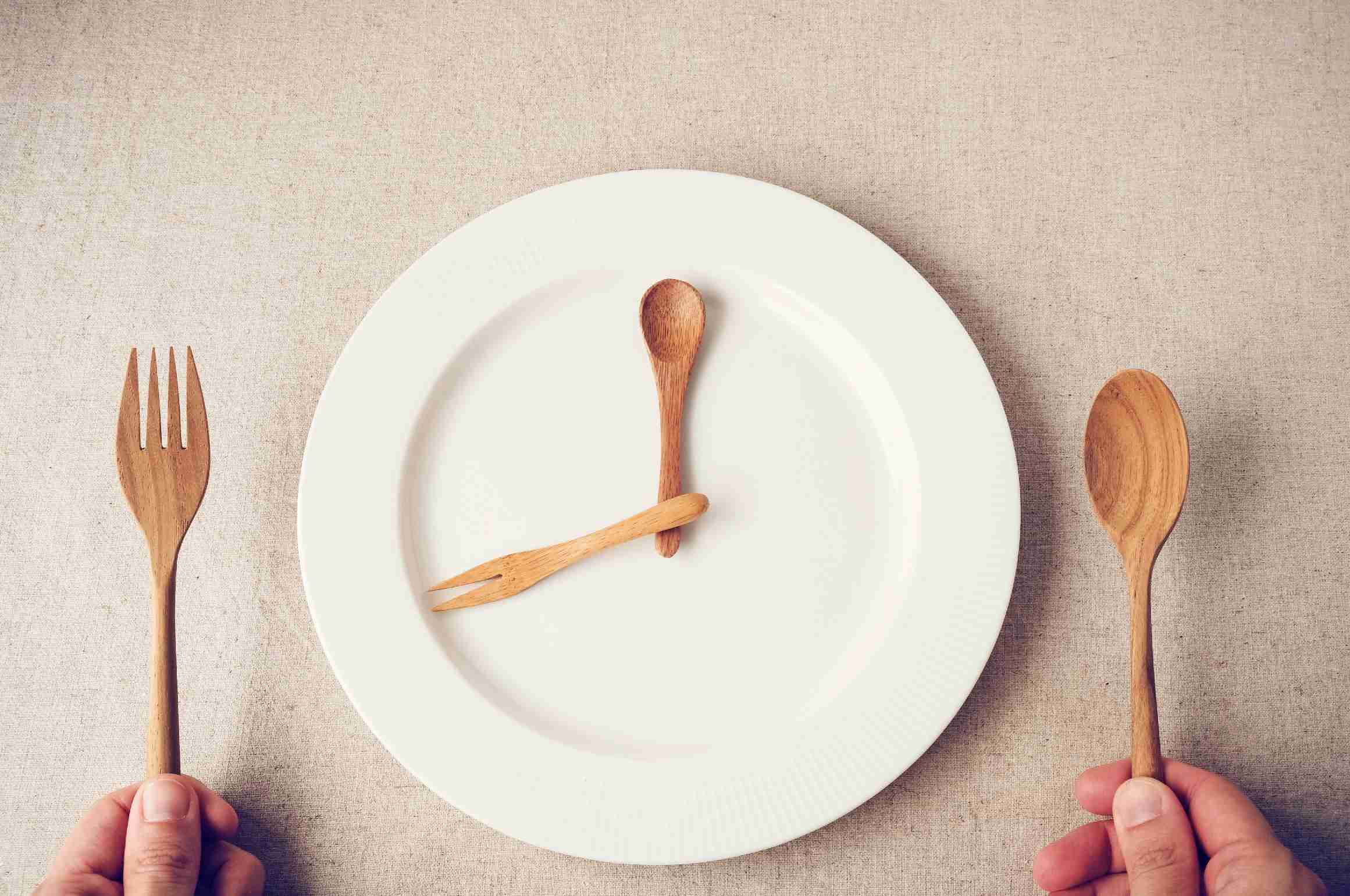
You should fast before a big holiday if your stress levels are low and you’re able to stick to your daily routine the week leading up to the holiday. If you’re feeling especially good, you might want to try to extend your fast leading up to a holiday. Fasting consistently before a major holiday can really help suppress your appetite and regulate your hormones so you’re less likely to be tempted by the carbs and not eat beyond satiation.
When you should feast before the holiday
If you’re stress levels are high, then it’s going to make the fasting very difficult. I find that people often start to resent fasting when they try to do it while under extreme stress, which makes them not want to fast at all in the future. Not being able to stick to your daily routine leading up to a holiday is often accompanied by stress. It would be best to feast wisely during this time rather than fast.
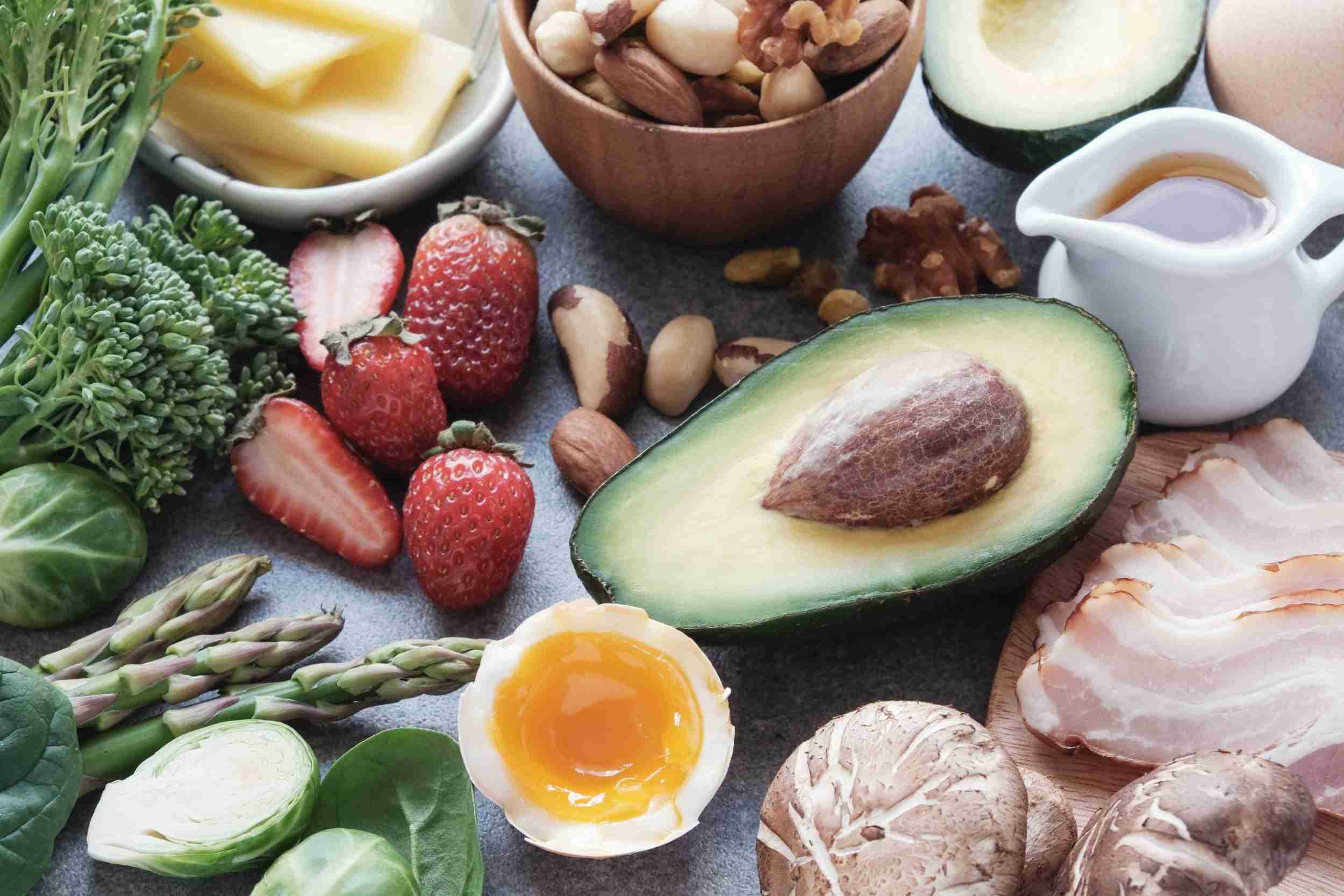
Cortisol, your primary stress hormone, is also a fat trapping hormone. It also makes your body produce more insulin, which we also know is a fat trapping hormone. Stress makes it very tough to lose weight or regulate our blood sugar levels. Stress can be physical or emotional. It can be positive or negative.
Regardless of the cause of your stress, it really slows down your ability to lose weight. People often become more stressed when they force themselves to fast during rough or hectic times and don’t lose weight. They often start to wonder why they’re doing all of this hard work in the first place.
I always encourage my patients to feast rather than fast during periods of stress and chaos if they feel like eating. Of course, you can fast if you don’t feel like eating, but if you feel like eating then you should eat. Just eat wisely. You may not have control over your circumstances, but you have control over what you put into your mouth.
At IDM we recommend at low-carb, health-fat approach to diet. We encourage patients to try to reduce or eliminate their consumption of refined carbohydrates, starches and grains, and to limit their intake of fruit and fructose. Everyone does this to varying degrees, which fit their needs and their lifestyles. We usually try to help every find the right balance between their diet, when they eat, and their fasting regimen to achieve success
The week leading up to a holiday and following a holiday is the one time I really recommend that everyone try to eat as ketogenic as possible. A ketogenic diet means that approximately 70%+ of your calories comes from healthy fats, 20% from protein and 10% from unrefined, non-starchy carbohydrates. In other terms, it is a low-carb, moderate-protein, high-healthy-fat diet (LCMPHHF).
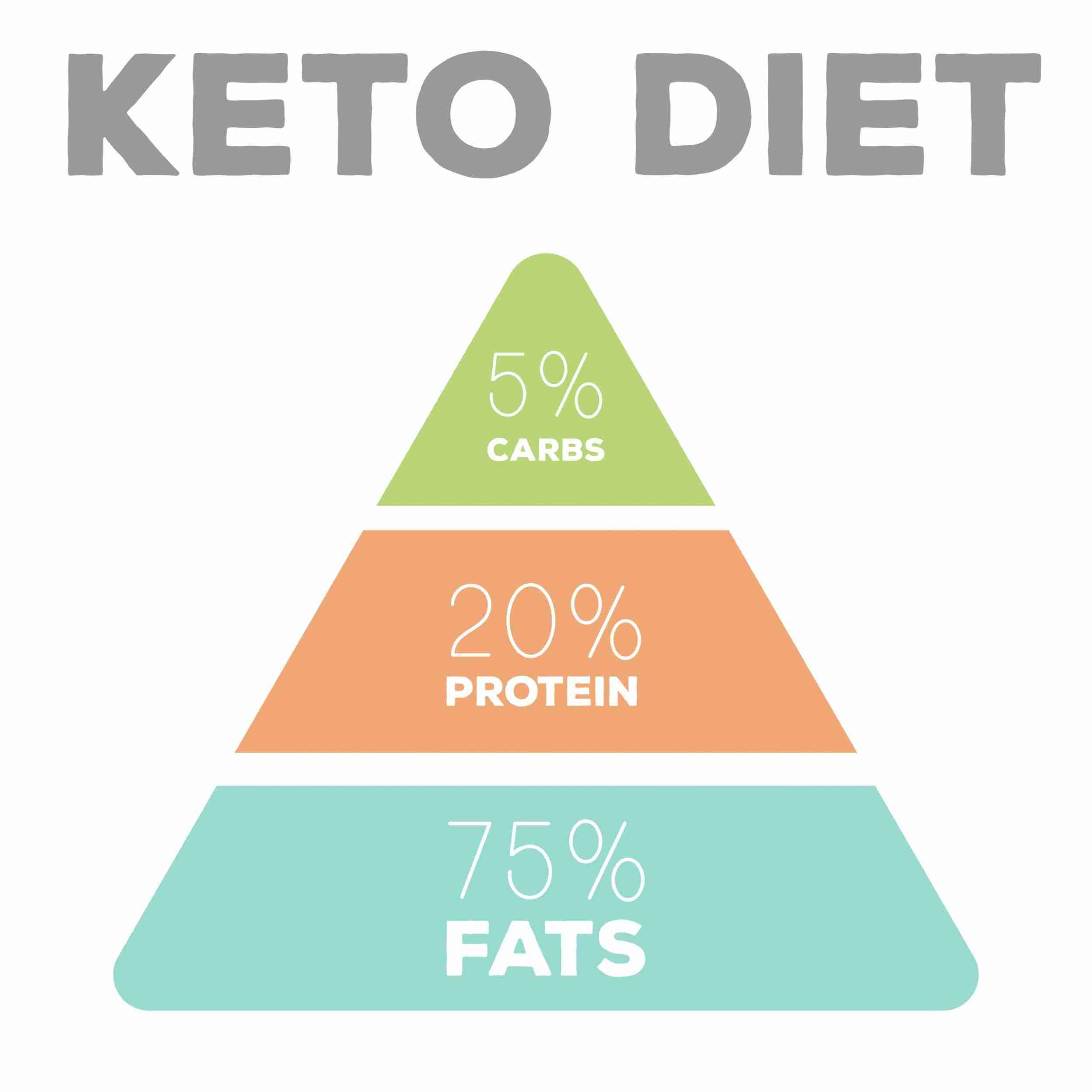
This doesn’t need to be complicated! Quick tips for doing a ketogenic diet without tracking macronutrients:
Protein
- At each meal your protein intake should be no greater than the size and thickness of the palm of your hand
- Try to pick a fattier protein selection, i.e. switch from a skinless chicken breast to a chicken thigh or leg
Carbs
- The rest of your plate should be filled with some non-starchy carbohydrates: leafy greens, broccoli, cauliflower, mushrooms, brussel sprouts, asparagus, bell peppers, egg plants, celeriac root, etc., are all good examples
- Try to limit your fruits to avocados and olives
- If you’re really craving something sweet, then try some dark chocolate (85%+ cocoa) with some almond butter, or some berries with heavy cream or coconut cream
Fat
- 100% of the food on your plate should either be cooked in fat or covered in fat
- Great cooking fats are: coconut oil, butter, ghee, beef tallow, bacon fat and duck fat
- Great seasoning fats are: extra virgin olive oil (EVOO), avocado oil, macadamia nut oil and MCT oil
- Be mindful of nuts and seeds during holidays and only add them as garnishes to dishes
During the feast
It can be tough to sit down at the table and be surrounded by high-carb food items you used to love, especially if you’re eating a someone’s home. I always offer to bring a few items to holiday meals: meat, cheese and veggie trays, as well as one or two side-dishes. This Thanksgiving my husband and I are bringing a meat and cheese tray, bussel sprouts, mushrooms, asparagus, LCHF stuffing and gravy to our Thanksgiving feast. Knowing that we have all these great back-up items will keep me away from the bread and potatoes and my husband away from the pumpkin pie! I always bring a bottle of EVOO wherever I go. This enables me to increase the fat content in any meal with a good healthy fat that is easy to transport.
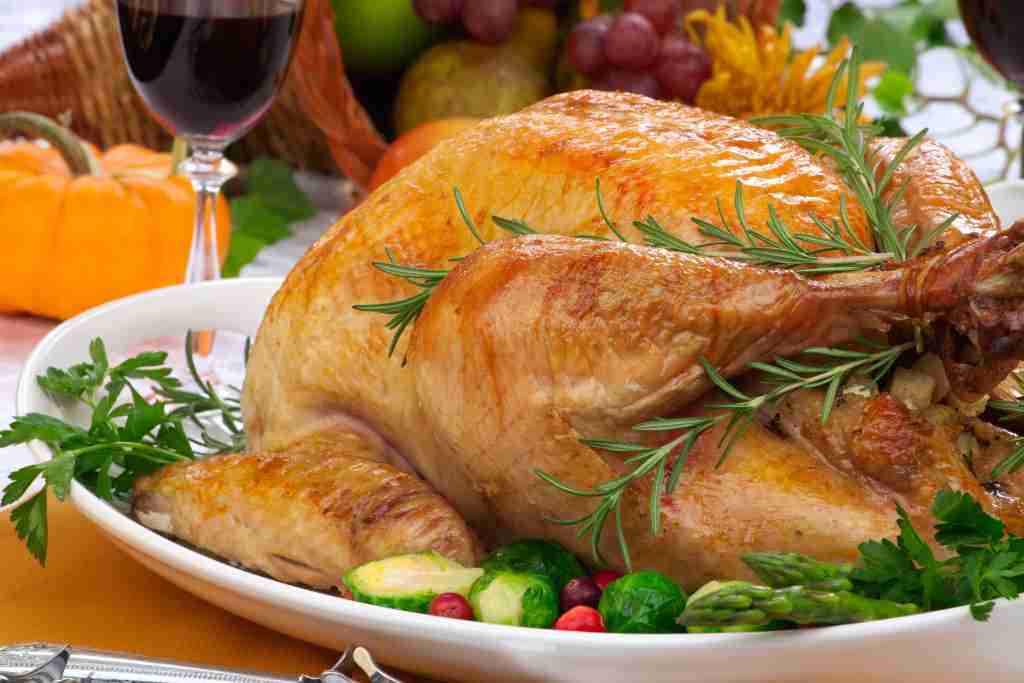
The order in which you eat your foods at meal times can have a dramatic impact on your appetite and give you control over your cravings. Below is the IDM Protocol for Holiday Feasting:
- If you can, consume 1 cup of water with 1 TBSP of raw, unfiltered apple cider vinegar or 1 TBSP of psyllium husk 30-minutes before your meal
- Start off with a salad first and other non-starchy vegetables first
- Eat your protein
- Consume any starchy carbs, grains or fruit items last if you’re going to do so
This order is important. By filling your belly up with fibre and fat before any carbs, you’re going to really alter the rate of digestion of those carbs. This will prevent blood sugar and insulin spikes and surges, and keep you in control of your appetite.
After the feast
The more we eat, the more we want to eat. That’s the bottom line. It’s less if you’re eating LCHF, we typically throw our eating windows out the window during the holidays and eat beyond satiation. We do this during holidays despite knowing we shouldn’t eat if we’re not hungry and feeling satiated. Often people feel quite ravenous for a few days post-holiday feast.
It is better for you to focus on eating a ketogenic diet for the first few days following a holiday feast before you resume fasting. Most of us will find that after eating keto for a few days, we don’t really want to eat anymore, and we naturally start to fast again. Fasting after a huge feast can also be a bit problematic if you have eaten a fair amount of carbohydrates.
Your body retains a lot of water when you eat carbs. When you start fasting your body burns through a lot of the excess fuel from the carbs you stored in your liver during the feast. This fuel is stored in the form of glycogen. As you burn this glycogen off, your body will release the water that was stored because of the glycogen. You insulin levels also go down quite dramatically during a fast, which signals to the kidneys to release water as well. If you’re unable to rehydrate sufficiently and replenish lost electrolytes, you’re going to feel unwell. It is better to let the glycogen burn off and the insulin drop by following a keto diet when you’re receiving hydration and electrolytes through the foods. I usually tell people to start fasting again once they have gone back to their pre-feasting weight, because this usually signals that all excess water weight is gone.
Happy Thanksgiving Everyone!
Megan Ramos
IDM Program Director
![]()
By The Fasting Method
For many health reasons, losing weight is important. It can improve your blood sugars, blood pressure and metabolic health, lowering your risk of heart disease, stroke and cancer. But it’s not easy. That’s where we can help.

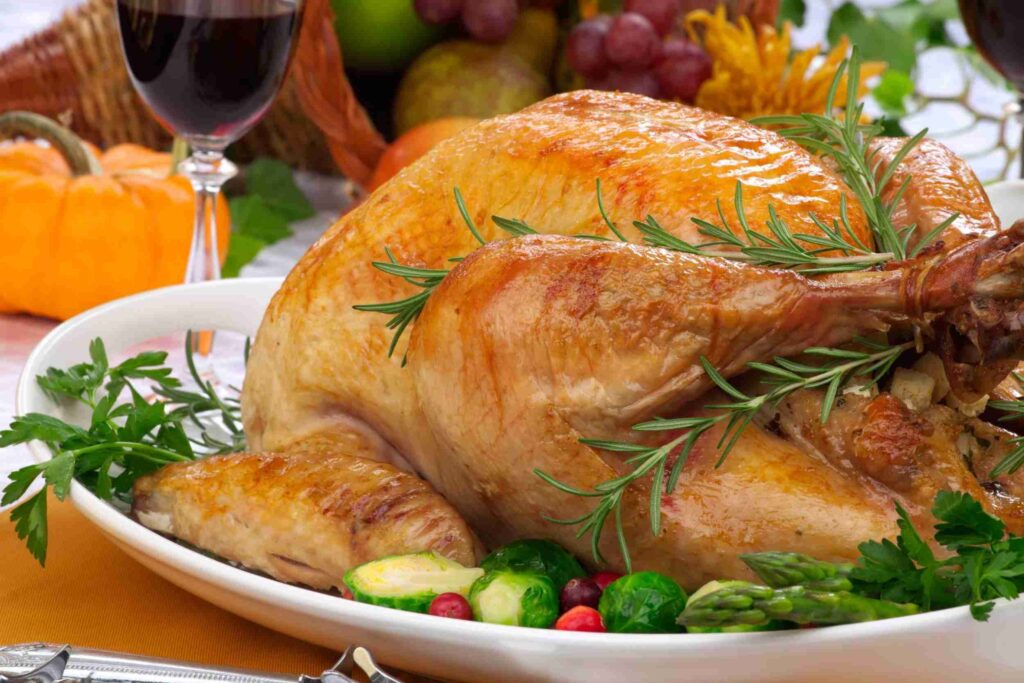










Responses